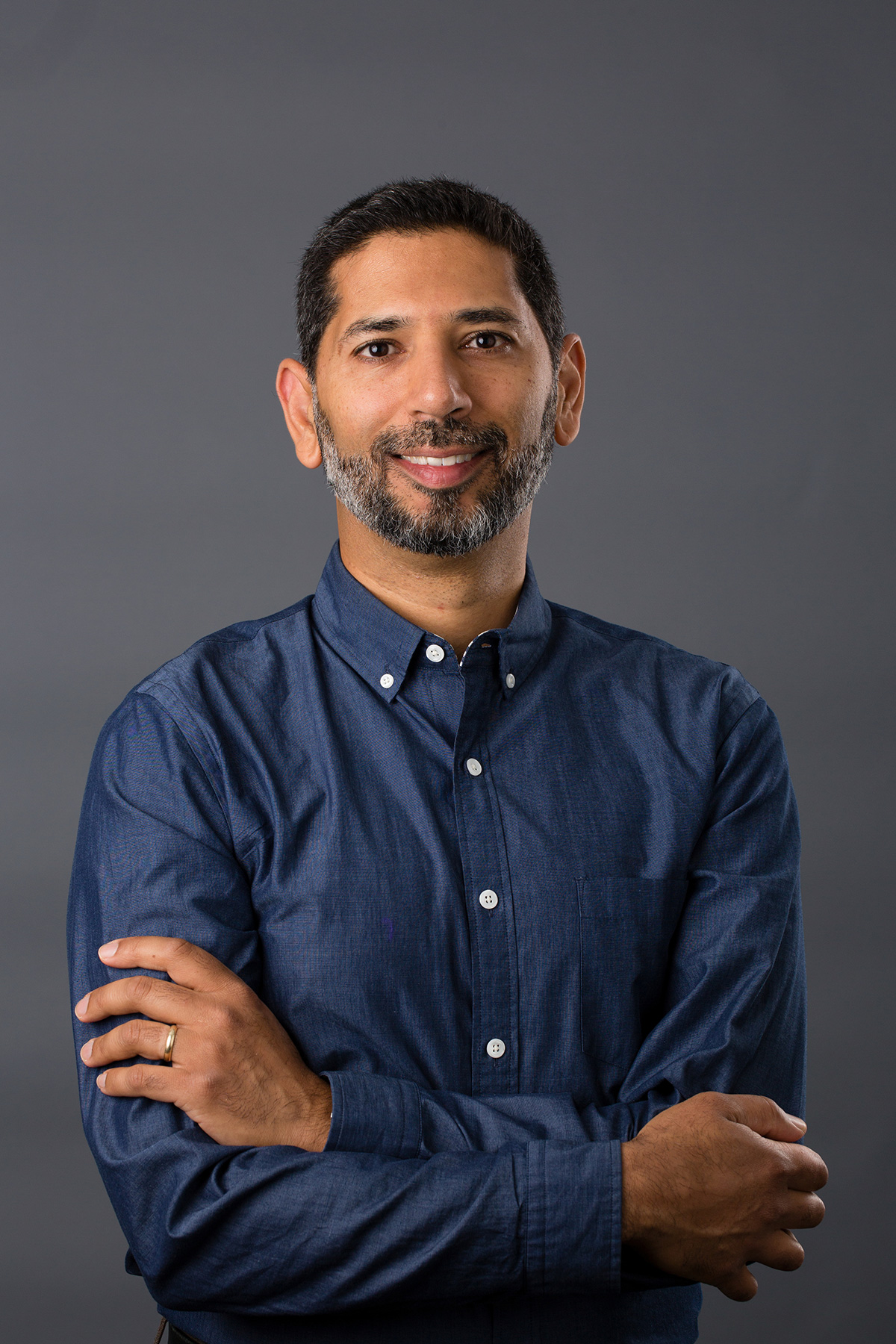First Liberal Arts College to Offer AAPI Major
In March, Amherst College met a historic milestone: It became the first liberal arts college in the country to offer, on its own, a major in the field of Asian American and Pacific Islander (AAPI) studies. (California’s five Claremont colleges share an Intercollegiate Department of Asian American Studies.) The process took decades and involved intense, sustained efforts from students, alumni, faculty and the administration. We asked Professor Pawan Dhingra, chair of the new program, to reflect on this hard-won moment.
How does it feel to finally get the major?
Really exciting—also surprising. Even though it’s taken a long time for the major to come to be, we submitted the proposal to the faculty in late January 2024 and it was approved in March. Normally, you spend months, even a full year, revising a proposal and then resubmitting it. But that didn’t happen. They put it up to a faculty meeting, and it got 96 percent approval. This is what students and alumni have yearned for. And now it’s here.
Can you walk us through the journey up to now?
Students have been asking for more curricular content on Asian Americans for 50 years. In the ’70s, ’80s and ’90s, there were some one-off courses taught by faculty who were interested in Asian American studies and wanted to serve students. There were also Five College faculty who taught different courses at different colleges. Yet those people left, because it wasn’t a sustainable situation. It’s not until the 2000s, really, that you get people at the College who teach on this because that’s their area of research. And then, over the past seven years, we’ve hired more faculty who have this expertise.
That brings us to Amherst’s “cluster hire,” as it’s called, in AAPI studies. What impact did that have?
It was a turning point. A cluster hire means that the College will make several hires in different departments at the same time and each person has to specialize in the same area. So the Asian American studies hires went to English (Nozomi Nakaganeku Saito), psychology (Michelle Lee, who arrives at Amherst this summer) and economics (set for next year). Once we had a cluster hire in place, plus the faculty who had been teaching Asian American courses already, we could create a curriculum that was robust enough to actually offer students the major.
You’ve spoken of the faculty part of this story. What about the students?
There’s been a lot of student activism. The only reason you have faculty who taught those early one-off courses was because students were petitioning for them. Demand waned a bit in the 2000s, but in 2015, there was the Amherst Uprising. It reignited Asian American students to say, again, “Why are we not seeing what our predecessor students have been asking for?” And they got more organized, forming the Asian/Pacific/American Action Committee. Alumni founded the Amherst Asian Alumni Network. Alumni and students met with the administration, students did petitions, had signs on campus, wrote letters to The Amherst Student, hosted teach-in moments for faculty—all the things they could think of doing.
Later, students surveyed their fellow students about a possible major, and they got us information that we used within the proposal. Also, this isn’t necessarily seen as activism, but it’s central that many students were writing senior theses in Asian American studies. That also helped us to make the case.
How did the pandemic advance or halt the momentum?
COVID happened, and then there were hate attacks on Asian Americans. Having an Asian American studies major started to seem less like it was [only] a student interest and more like a national interest. That became the impetus for committing to the cluster hire approach. The administration was never against hiring more specialists in Asian American studies, but there are a lot of other curricular priorities they have to respond to. It’s hard to always meet the moment. But the cluster hire was the dean’s idea of a way to move this forward.
I’m sure you saw The Amherst Student piece critiquing the major, partly because some Asian American groups have gotten more attention than others in the curriculum. How do you respond?
I think it’s great that the students are saying, “Hey, wait a minute, are you really going to cover this huge set of populations?” And that’s a concern that every Asian American studies major across the country has to handle. I mean, does Black studies really cover all of the Black diaspora? No. Does Latinx studies really cover all Latinx populations? No. The same thing applies to us. So, it’s a good standard to be held up to. But I’m pretty confident in what we’re doing, because, unlike a lot of even big universities, we have two people here who specialize in Pacific Islander studies, and that’s really rare. I’m a specialist in South Asian American studies. That’s also rare. Once the major is really seeing the light of day, then we’ll be able to try to address that concern. Though it can never be fully addressed, because it’s too big a diaspora.
How would you characterize the student commitment to making the major a reality?
Students were a driving force. As a faculty member, you realize that colleges are slow to change. Everything’s an uphill battle. It’s very easy to get jaded. Students don’t let you, though, because they know that it’s a battle. They know it’s a lot of work—and that’s why they don’t stop pushing. The major wouldn’t have happened otherwise.
